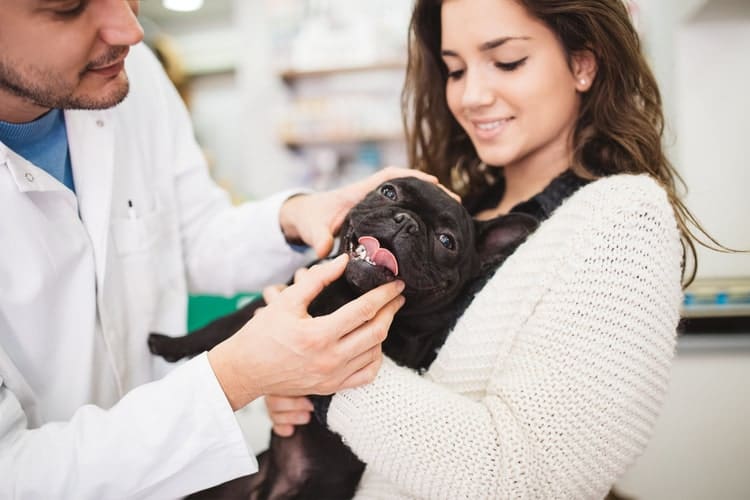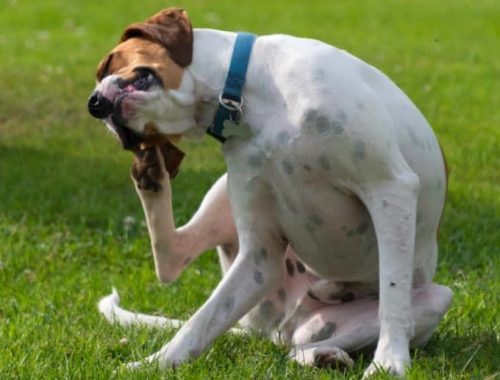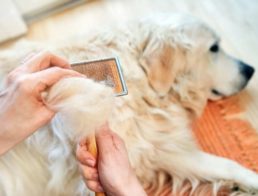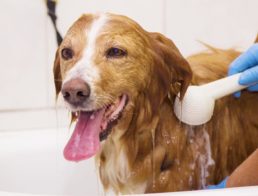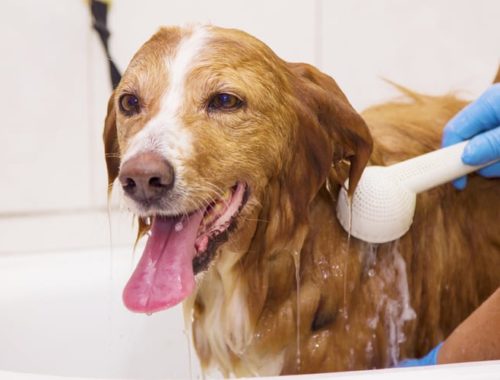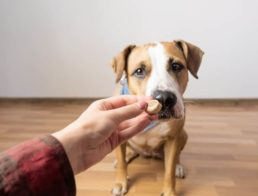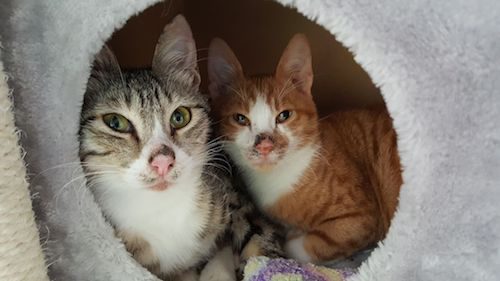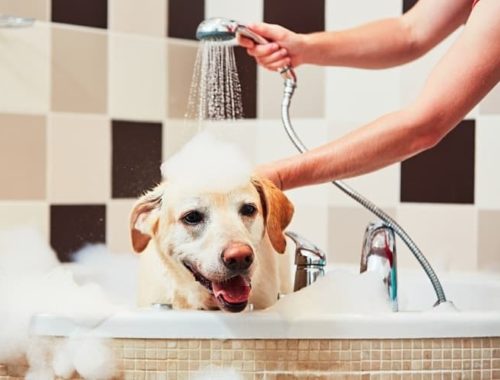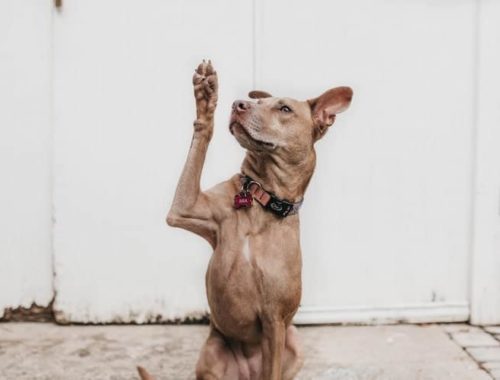Most of my clients are somewhere between horrified and confused when little pink nodules sprout in their puppy’s mouth. If your best buddy has come down with warts, you probably want to know how to remove warts on dogs. First, let’s talk about what causes warts and how your dog got them in the first place
What Causes Warts in Dogs?
Viral Papillomatosis
The most common type of warts in dogs are caused by canine papilloma virus–1 (CPV–1). Dogs under two years of age are most at risk for developing small, rough nodules on their lips, in their mouths, and sometimes on their eyelids or other parts of their face. The condition is called viral papillomatosis.
Most warts are smaller than 0.5 inches in diameter and have a rough surface, like a human wart. Sometimes they’re elongated with a narrow base of attachment. It’s uncommon for a dog to have only one wart, so if you see one–look for more!
CPV–1 is spread by close contact with infected dogs or objects they’ve touched. The virus must come into contact with traumatized/abnormal skin to become infectious. The incubation period is about one to two months.
Warts don’t cause any problems for most dogs, but occasionally there are so many warts they interfere with chewing or swallowing.
Sebaceous Gland Adenomas Are Not Warts!
Dogs over the age of about five years are prone to developing wart-like skin masses that range in size from 0.25 inches to 1 inch. They can crop up anywhere on their body. Some people call these nodules “old dog warts.” These are not warts but benign (non-cancerous) tumors of the skin’s oil glands. The official term for these is sebaceous gland adenoma.
To the untrained eye, they look like warts but they’re usually not as rough on the surface. Your veterinarian can help you determine if your dog has sebaceous gland adenomas or viral papillomas (warts).
How to Remove Warts on Dogs
We don’t have many proven treatment options for warts. Warts go away in one to three months without treatment. That’s why veterinary treatments and home remedies seem to work for most dogs!
Vets may treat viral warts if they persist past three months, if the dog is on medically necessary immunosuppressive drugs, or if the dog has an untreatable immunosuppressive disease.
Treatment options veterinarians can consider:
- Interferon alpha is a drug containing a chemical derived from white blood cells that stimulates the immune system. It may help a dog overcome viral warts.
- Imiquimod is an immune response modifier. It may help speed regression of some types of viral warts.
- Azithromycin is an antibiotic some people have tried for treating papillomatosis in dogs. Studies have not shown it to be an effective treatment.
- Cimetidine is an antacid that has been used to treat warts in humans. There are no studies on cimetidine to treat viral papillomas in dogs.
- Surgical removal, laser treatment or cryotherapy are options to consider for warts that are causing problems or not regressing after three months.
- Crushing viral warts is a tactic some veterinarians will use to induce the immune system to clear the virus. Don’t try this at home since it may be uncomfortable for your dog!
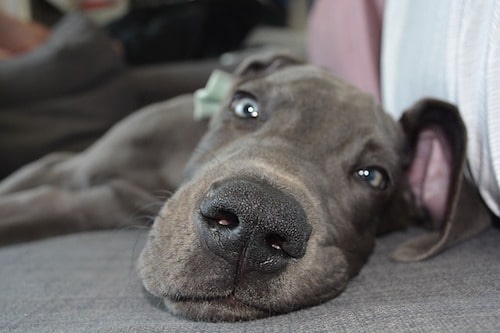
Home Remedies for Dogs with Warts
You may be hoping to learn how to remove warts on dogs at home. I’m sorry to say there are no proven/safe home remedies that will get rid of dog warts, but luckily, the vast majority resolve without any treatment at all! However, you can try some of these safe immune-support measures to help your dog get rid of warts faster.
- Cell Advance is an anti-oxidant supplement that takes a bit of the burden off the immune system so it can more effectively fight the virus causing warts.
- CAS Options is a medicinal mushroom supplement for dogs. Medicinal mushrooms contain beta-glucans which have anti-tumor and anti-inflammatory activity. This product may help stimulate a dog’s immune system to fight the virus-causing warts.
Final Thoughts
If you notice little pink, warty nodules in your young dog’s mouth, don’t panic. The vast majority of viral warts heal with no treatment whatsoever. Just make sure to keep your dog home from boarding, dog parks and daycare until his warts are gone for at least a couple of weeks.
See your veterinarian if your dog’s warts cause problems with chewing or swallowing. Your vet can also help if your dog has warts that haven’t healed within three months.
Disclaimer: Content is for informational and educational use only and should not replace professional veterinary advice.


